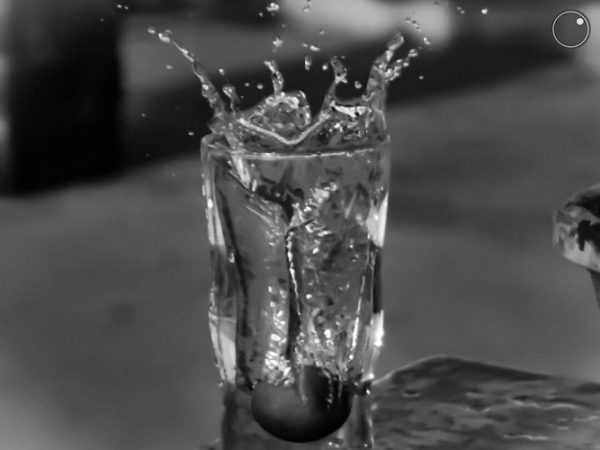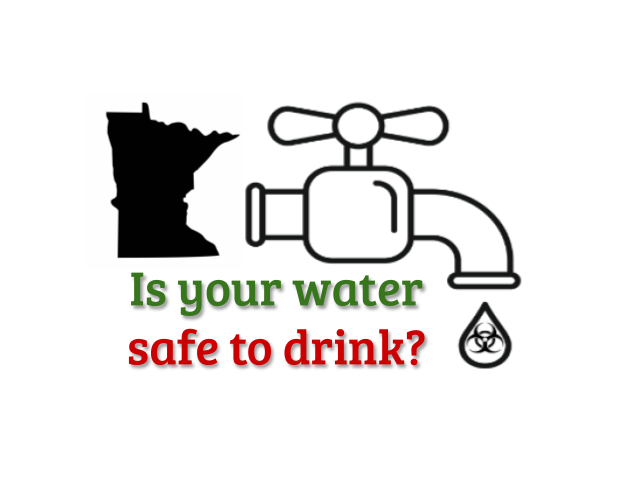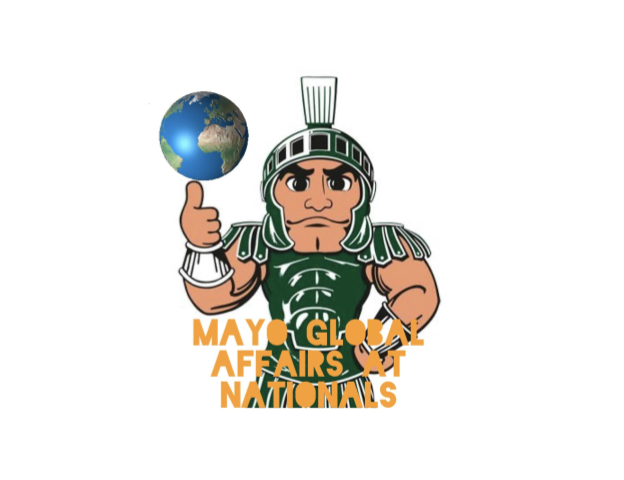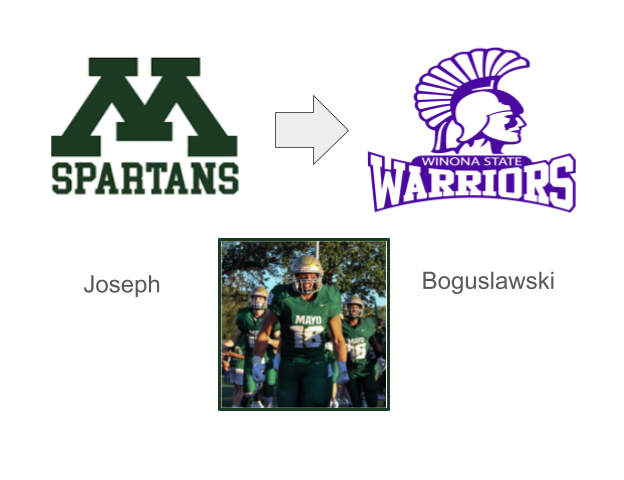Although it’s a longstanding issue, earlier this year, the government announced that high levels of nitrates have been detected in the surface water and the groundwater in the Southeast Karst Region in Minnesota. This includes eight counties in Southeast Minnesota, including Dodge, Fillmore, Goodhue, Houston, Mower, Olmsted, Wabasha, and Winona. Currently the Environmental Protection Agency (EPA) is working with local partners on identifying potential sources of funding and methods for well testing. The Minnesota Center for Environmental Advocacy along with several other communities claim that there is nitrate contamination within public water systems and underground sources of drinking water. The EPA received the Safe Drinking Water Act emergency petition regarding the Southeast Karst Region of Minnesota (EPA).
Many families in these counties get their water from a well. It is important to know whether the water is safe to consume, through drinking and cooking. It even influences how people use it to clean with. Axel Tinajero, a senior at Mayo High School, lives in Rochester where groundwater is his source of drinking water. He and his family closely monitor the water and maintain the correct type of filtration system on their well. “I recommend others who drink water from wells should also do this to ensure they aren’t consuming anything harmful,” Tinajero stated.

According to the Minnesota Department of Health, nitrate is a compound that can affect how blood carries oxygen and causes a condition known as methemoglobinemia and leads to an increased risk of cancer. The illness causes the skin to turn a bluish color and result in serious illnesses and in most cases death. It occurs naturally and is also made from man-made sources. It can be found in lakes, rivers, and groundwater. You cannot taste, smell or see nitrate in water; because of that, some people cannot tell the difference between normal water and contaminated water (Nitrate).
There are many sources of nitrate in Minnesota, but according to an MPCA article more than 70% of the nitrates come from cropland and fertilizer used in agriculture, whilst the rest come from regulated sources such as wastewater treatment plants, septic and urban runoff, forests, and the atmosphere. Nitrate levels in the karst region routinely exceed federal and state drinking water standards (Nitrate).
Human toxicity of nitrate and nitrite anions is dependent upon concentration and the age of the patient. For infants, three factors combine to increase risk of nitrate toxicity: 1) the body weight is low, 2) the diet is high in water, and 3) the immature digestive system favors reduction of nitrate to nitrite. Excessive nitrite in the digestive tract of newborns can lead to methemoglobinemia. With early diagnosis and therapy, the impact of methemoglobinemia can be mitigated, at least partially.
For adults, most of the risk and hence focus is on nitrate. Nitrate itself is not carcinogenic. However, it has been classified as a procarcinogen, since it may react with amines
The standard for nitrates in water is at or below 10 milligrams. Any nitrate above standard levels is unsafe. Since the nitrate levels in these eight counties routinely exceed federal and state drinking standards, the situation puts the health of around 380,000 area residents at serious risk (Nitrates and Nitrates).
Although it’s a slow and difficult process, much is being done to combat the problem. On November 3, 2023, the EPA determined that further action is required to protect public health.
On February 20th, 2024, the EPA announced more than $92 million from President Biden’s Investing in America agenda for Minnesota drinking water and clean water infrastructure upgrades.
For the average homeowner, removing nitrates is neither simple nor inexpensive. In fact, according to Brock Robinson of Fresh Water Systems, “Nitrates are difficult contaminants to eliminate from water. Nitrates will not be removed by sediment filters, carbon filters, or by the hollow fiber membrane of an ultrafiltration system” (Robinson). Another important thing to remember is that boiling water will not reduce nitrate levels.
Richard Epstein of The Spruce advises that a reverse osmosis system should be tested and certified to treat the contaminants that you are hoping to eliminate. https://www.thespruce.com/best-reverse-osmosis-systems-4586893
There are many different ways to get rid of nitrate within your waters. The more common types of solutions use systems that involve ion exchange, reverse osmosis, or electrodialysis. The most common and effective solution to remove nitrate from homes is installing an ion resin tank at the point of entry. Another method that is often recommended is to install an under-sink reverse osmosis system, which can range in price from $150 to $1300. You can use a water distiller which can eliminate nitrate from small batches of water at a time (Penn State Extension).
Daniel Arredondo, a resident of Kasson, decided to handle the problem in another, obvious way, saying, “I’ll just buy bottled water.”
Although this isn’t a new issue, it’s one that people with wells should keep in mind at all times. While the city water is safe to drink and is free of nitrates, issues with groundwater outside in the Karst region are still prominent. Currently the state government has plans to deal with groundwater issue.
















